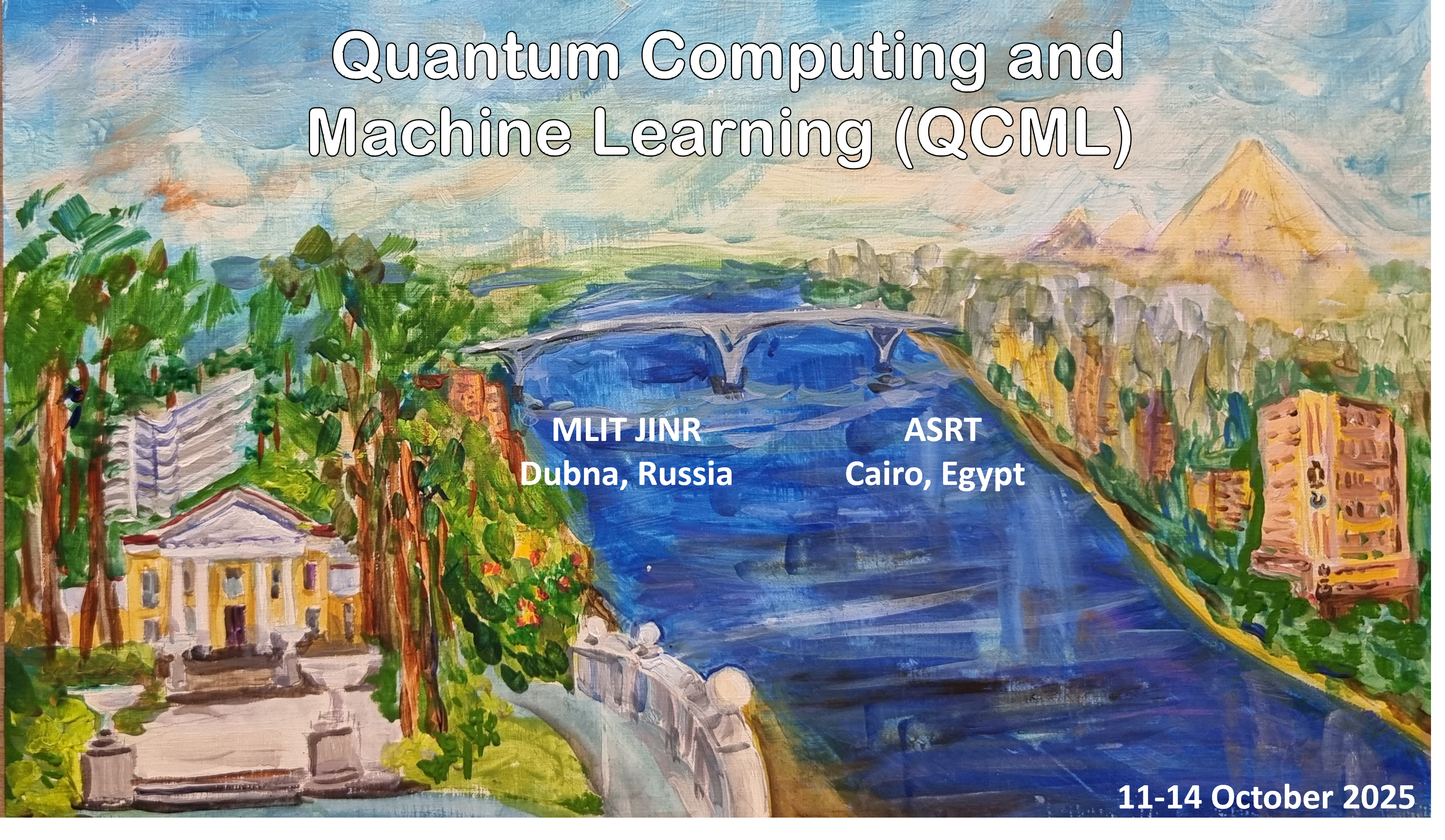Speaker
Description
Machine learning (ML) is emerging as a critical enabler of innovation in both unmanned aerial systems (drones) and energy production. In the field of drones, ML models provide advanced capabilities that significantly improve autonomy, safety, and efficiency. Through computer vision and deep learning, drones can perform real-time object detection, terrain recognition, and collision avoidance, enabling them to operate in complex and dynamic environments with minimal human intervention. Predictive analytics powered by ML also enhances UAV maintenance by processing sensor data from engines, batteries, and structural components to anticipate faults before they occur, thus extending operational reliability.
A practical example of this is a drone project developed to recognize and classify land surfaces. By using ML-based image recognition, the drone can automatically detect illegal land encroachments, construction on restricted areas, and changes in residential surroundings. This application has proven to be highly effective for urban planning, environmental monitoring, and law enforcement, providing decision-makers with accurate, real-time insights.
In energy production, ML contributes to optimizing both renewable and conventional systems. Drones integrated with ML-powered vision systems are increasingly deployed to inspect wind turbines, solar farms, and oil pipelines, reducing manual inspection costs, improving safety, and accelerating fault detection. Beyond inspections, ML is also used to forecast renewable energy output by analyzing weather conditions, energy demand, and performance data. For example, wind energy projects use ML to predict turbine performance and optimize blade alignment, while solar energy systems apply ML to forecast solar radiation and detect defects in panels. Large-scale collaborations, such as Google DeepMind’s AI for grid management, demonstrate how ML can balance supply and demand, making renewable energy more reliable and scalable.
By bridging drones and energy production, ML not only transforms how industries manage efficiency and safety but also advances global goals of sustainability and innovation. The integration of ML into these two critical sectors illustrates its potential to redefine industrial operations, reduce risks, and accelerate the transition towards smarter and cleaner technologies.

